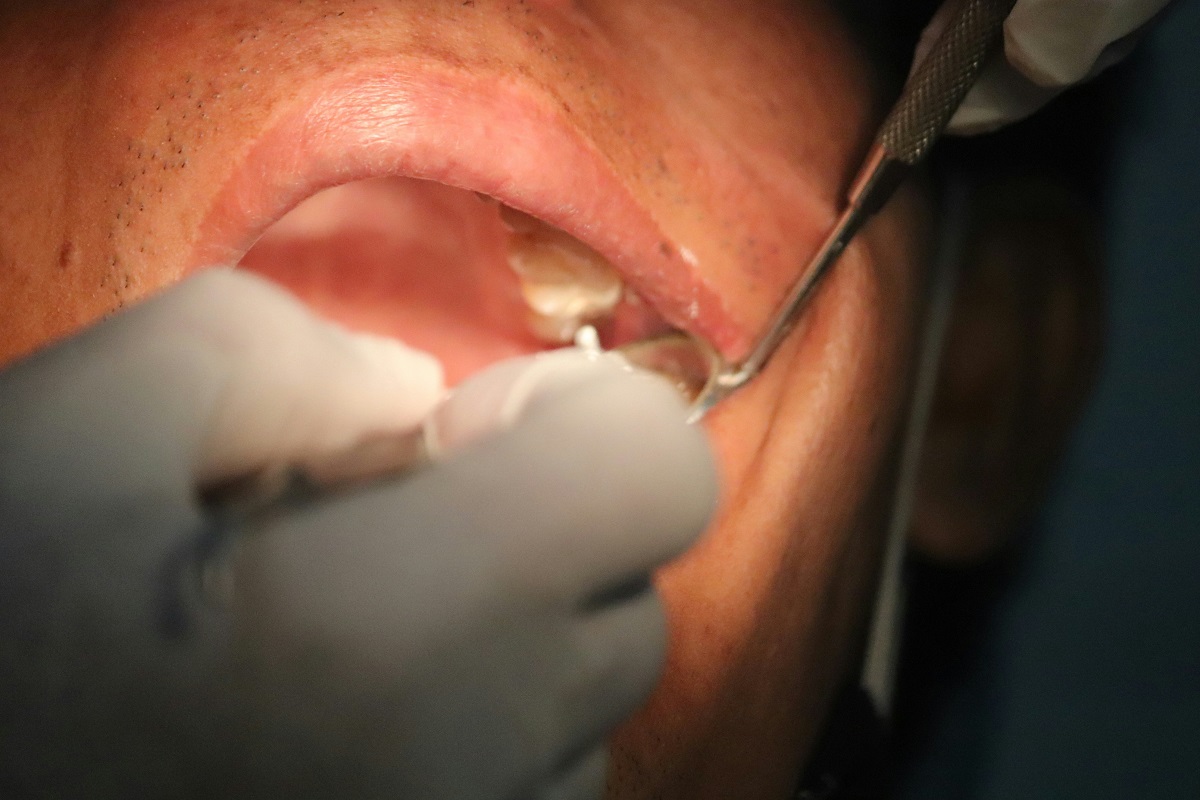
The Centers for Disease Control and Prevention (CDC) in the United States keeps an eye on public healthcare. In 2023 the CDC revealed the top 10 health issues, which we are going to address in this article. So, without any delay, let’s get started!
Overweight and Obesity
Being overweight raises the risk of various health issues, including hypertension, type 2 diabetes, coronary heart disease, stroke, and certain cancers. Resources and guidance on coping with obesity can be collected from the National Heart Lung and Blood Institute of the National Institutes of Health. The CDC addresses this complicated issue by focusing on school meal programs and promoting healthy food and drink choices for students. Obesity avoidance efforts also include increasing awareness of body mass index, maintaining a healthy weight, and including physical activity into daily routines.
Mental Health
Dementia is not a certain part of aging but can result from various aspects such as diseases, medication reactions, and medical conditions. Depression is the most common mental health disorder among older adults and, if left untreated, can lead to suicide. Unexpectedly, suicide rates are higher among elderly white men than any other age group, including youth.
Alcoholic Consumption
Excessive alcohol usage is responsible for about 88,000 deaths annually in the United States. Short-term health risks connected with too much alcohol use include injuries like vehicle accidents, falls, drownings, and burns, as well as violence such as murder, suicide, and sexual assault. Long-term health effects include conditions like high blood pressure and heart disease, stroke, liver disease, digestive problems, cancer, learning and memory issues, mental health disorders, and social challenges.
HIV/AIDS
Although new HIV diagnoses are declining, around 44,000 people were diagnosed with HIV in 2014, with around 1.2 million Americans living with HIV. Approximately 13 percent of those with HIV are unaware of their disorder, and nearly 7,000 individuals die due to HIV and AIDS annually. Current study on HIV prevention, including abstention, correct condom use, and avoidance of needle sharing, remains critical
Heart Disease and Stroke
Heart disease and stroke are leading causes of death in the United States, declaring around 610,000 and 130,000 lives annually. Safety measures focus on addressing risk factors like high blood pressure, high LDL cholesterol, and smoking. Stroke also leads to substantial disabilities due to its influence on mobility.
Tobacco Use
In America, nearly 16.8 percent of adults smoke. While the smoking rate is reducing, it remains a considerable health problem and the leading cause of avoidable disease and death in the United States. The CDC recommends strategies such as raising tobacco product prices, executing statewide smoke-free policies, and sustaining funding for tobacco control programs.
Physical Activity and Nutrition
Research shows that maintaining physical activity can help control certain diseases such as cancer, heart disease, and diabetes. It can also reduce depression and enhance mood. While laziness often becomes more common with age, there are possibilities for staying active, including exercise and walking programs offered by local churches, temples, senior centers, and shopping malls. Also, healthy nutrition is essential for successful aging, highlighting the importance of nutrient-rich foods over empty calories found in candy and sweets.
Motor Vehicle Injuries
Each year, over 32,000 people die, and two million sustain injuries in motor vehicle accidents. One-third of these deaths include drunk driving, while nearly another-third result from overspeeding. The CDC highlights seat belt use for adults, car seat use for children, and responsible driving practices without distractions like alcohol and drugs.
Prescription Drug Overdose
Prescription opioid-related deaths, such as those concerning oxycodone and hydrocodone, have quadrupled since 1999, according to the CDC. In response, the CDC has published prescribing guidelines for healthcare suppliers and urged the adoption of prescription drug monitoring programs. There is also a motivation for expanded addiction treatment.
Access to Health Care
Many seniors may not focus on monitoring their health as they should. While there is a nationwide shortage of geriatricians, URMC shows off one of the biggest groups of geriatricians and specialists in geriatrics. Access to healthcare is easily available through URMC, offering services at various hospital locations, including the VA Hospital in Canandaigua, in senior housing, and within the community.
HOME





